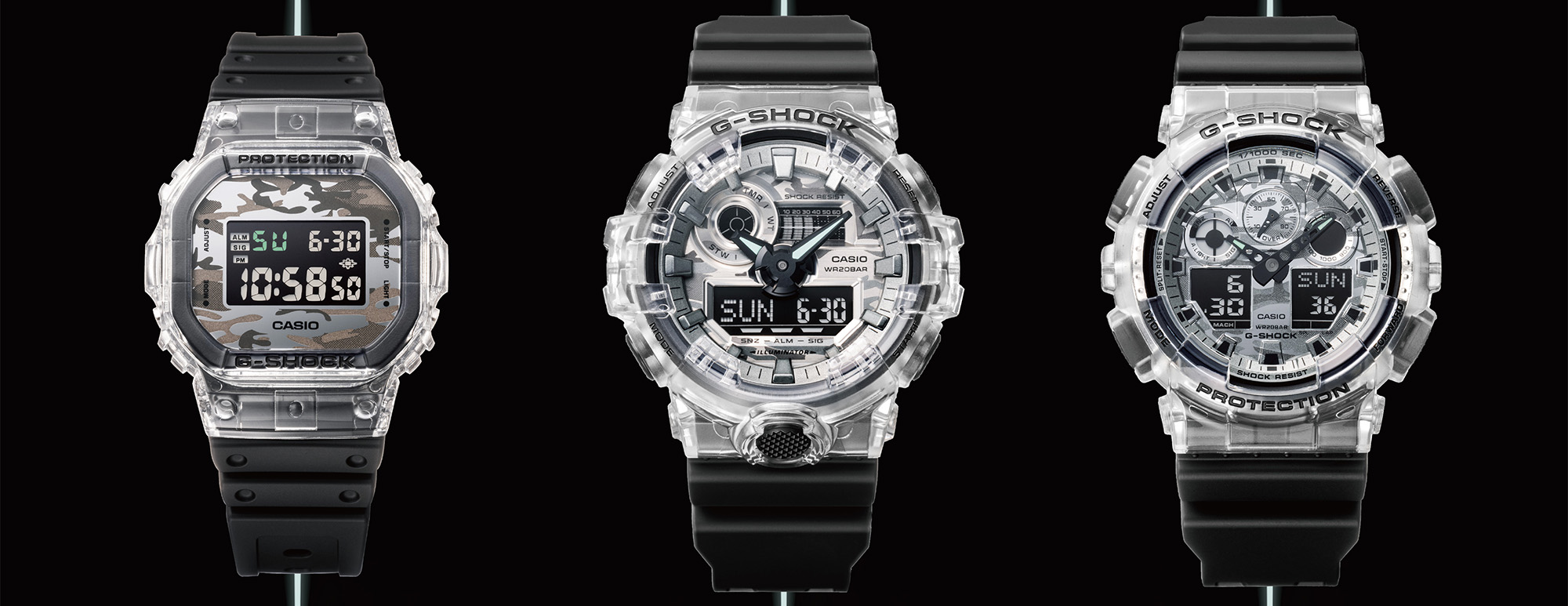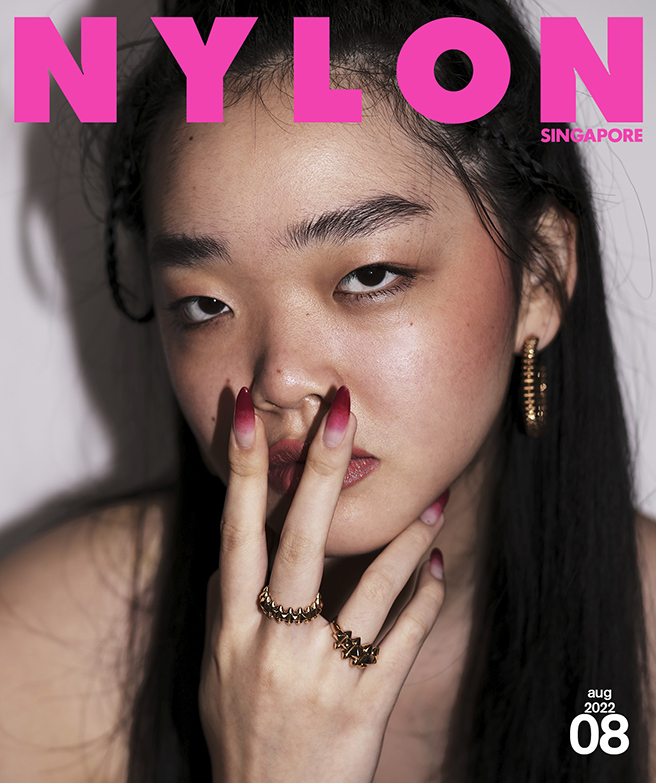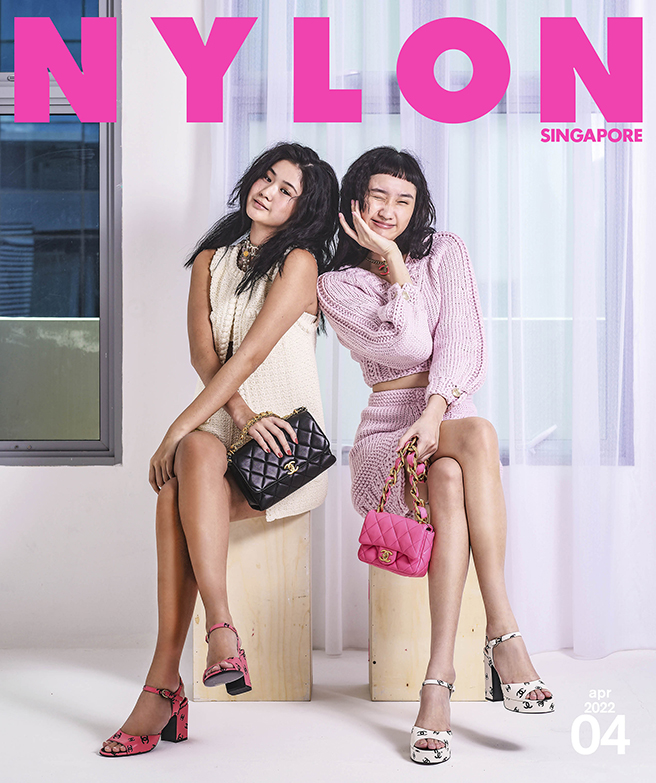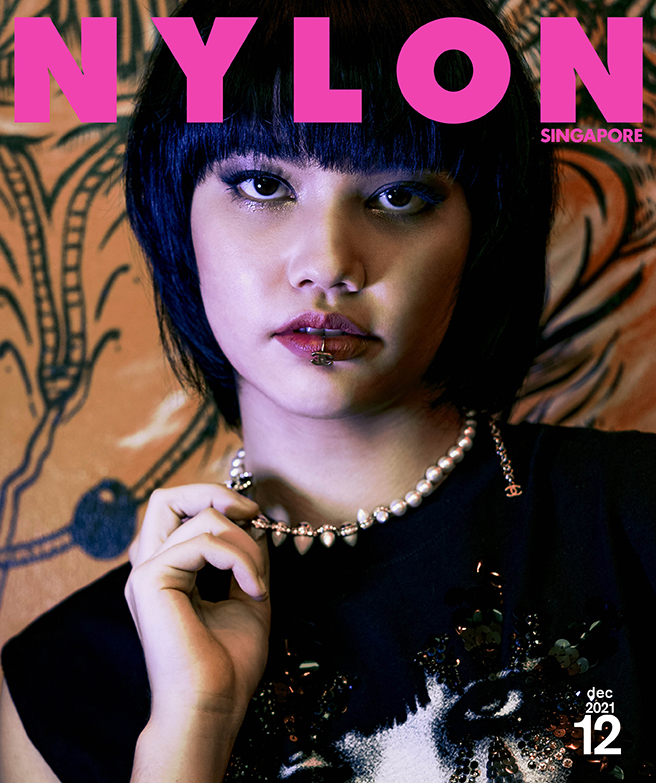It feels as though we are threading on thin ice here with this precarious topic. The term ‘cultural appropriation’ has been thrown about multiple times especially in recent years, with the giant megaphone that is Twitter ready made available for us to call someone out (with much angst and outrage included).
It’s honestly inevitable how prevalent it is for a designer to make one big, bad, blatant mistake of exploiting one’s culture for their own frivolous representation of it. It all boils down to every designer’s innate desire to search for growth and inspiration amongst unfamiliarity outside of their own country. We must admit, this could either go horribly wrong, or admirably well-deserving of a standing ovation.
Valentino’s Spring 2016 was bizarre. It already dispatched with a bad start; the theme: “wild, tribal Africa” (seriously guys, Africa is huge, what are we talking about here?). The clothing featured intricate tribal motifs, colourful Masai beadwork, feathers, and safari animal prints. We must give it to them, the garments were absolutely stunning and far from superficially lazy when it came to the development of the inspiration from the culture. But there was one underlying fault behind Valentino’s Grazia Chiuri and Pierpaolo Piccioli’s vision; the lack of coloured models in casting. We’re not surprised by the backlash from social media due to the heavy casting of white models in what is meant to be an ‘African-inspired’ show. And not to mention, the corn-rolls (have we all not learnt anything from Kylie’s controversy?).
We’d like to turn our attention to Osklen’s Spring 2016 collection for a change. Oscar Metsavaht, creative director of Osklen went to the Amazon forest to camp out with the natives in order to harness spiritual inspiration for his collection. He participated in tribal rituals,and developed the collection based on his experience; from the monochromatic blue hues of the ocean, to a silk dress that paid homage to the designer’s overhead view of the jungle from above. Metsavaht carefully weaves in the tribe’s element of style, materials, and colours into his pieces, displaying a deep understanding of the natives and their stories. The tribe’s practice of using animal skins in dressing was also thoughtfully incorporated via stunning fish-skin handbags. We could already tell that the collection was a testament to Metsavaht’s love and consideration for the tribe, allowing them to tell their beautiful story through their practices in his place.
That, essentially, should be the productive spirit in which creativity or cross-cultural exploration should harness. We love it when fashion, though deemed frivolous at times, enlightens us and introduces us into vibrant lives and cultures.
Cover image from @p_ndanumaina’s Instagram.










